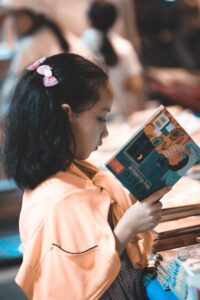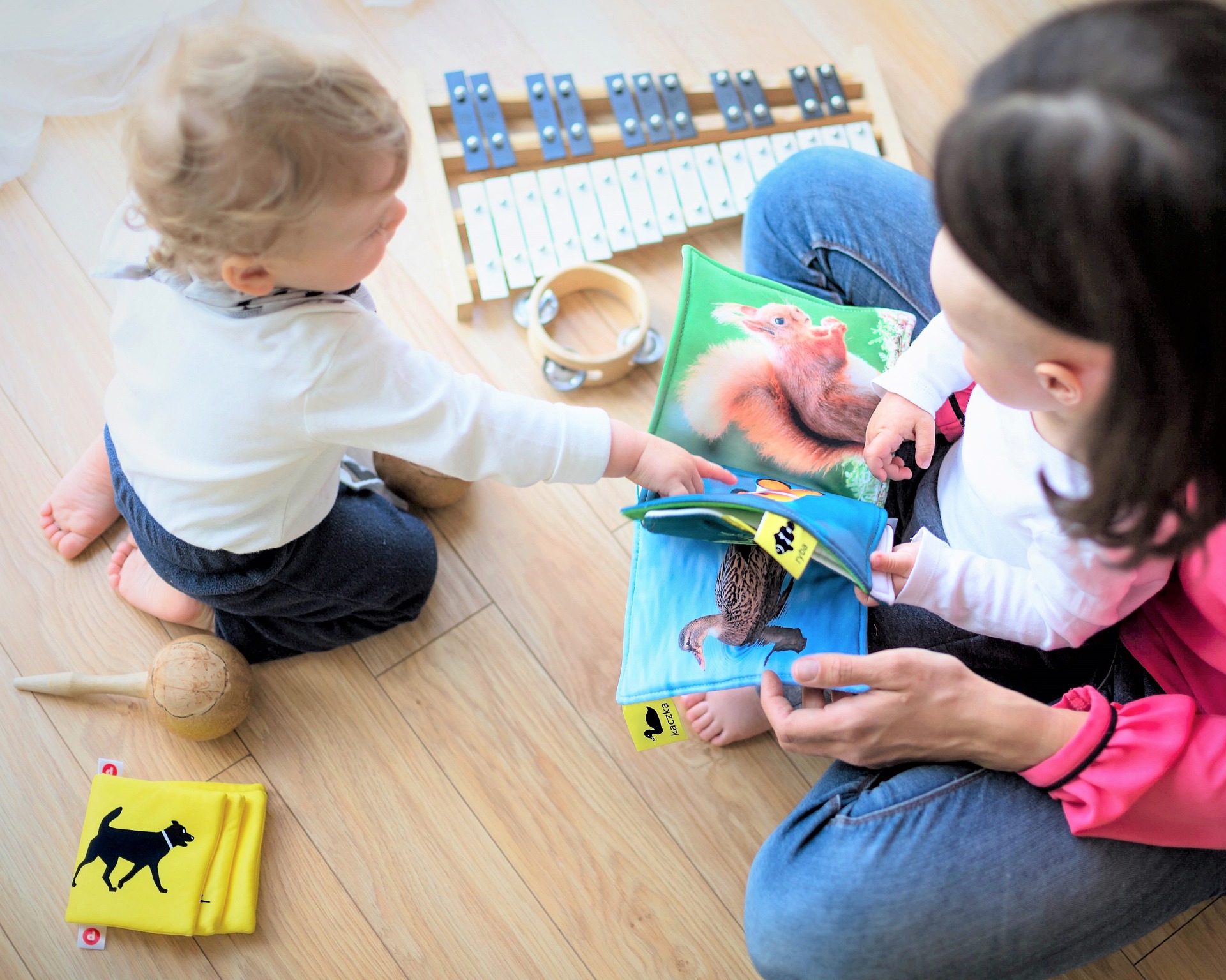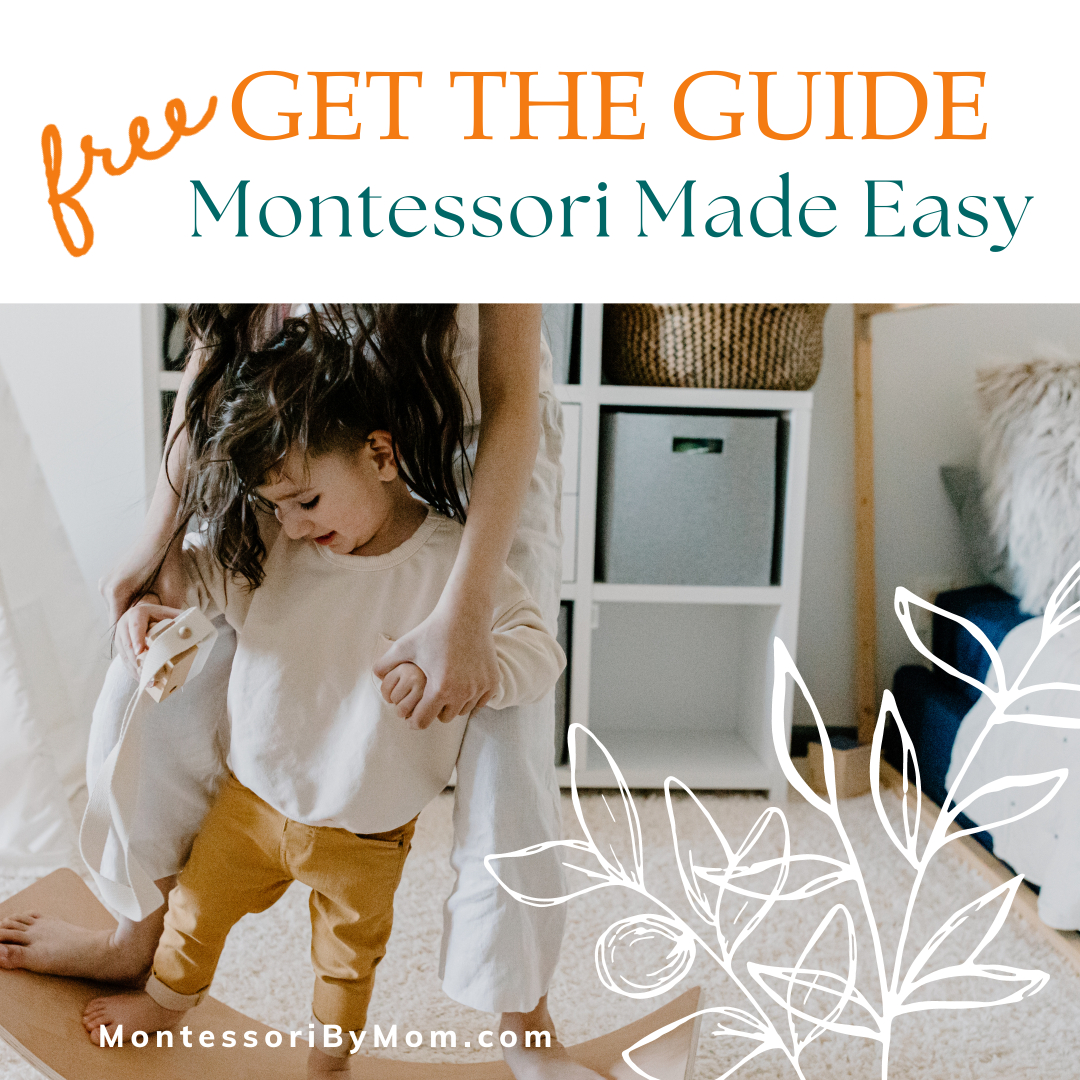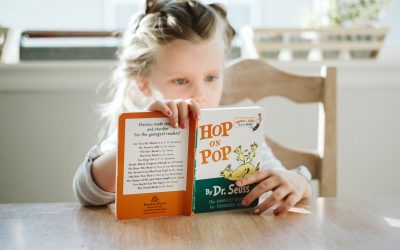Montessori at Home Books
Few tools are as powerful as books. Books can engage, educate, entertain, and inspire children. Reading books with your children is a wonderful bonding opportunity. Montessori at home children’s books in particular help children make sense of their daily lives, gain an appreciation for art, and build their language skills.
But what makes a children’s book Montessori-aligned? And what features should parents look for as they build their home libraries or check out library books? We’ll answer those questions below.
7 Principles to Find Montessori at Home Children’s Books
AMI-certified Montessori teacher and author Simone Davies wrote about choosing Montessori at home children’s books on her blog, The Montessori Notebook. We’ve expounded on a few of these ideas and added a few other important principles to keep in mind.
1. Based in Reality
Montessori at home children’s books help children understand and make sense of their day-to-day lives. Dr. Montessori observed that children actually prefer real images and stories. Adults may find it mundane to read books about brushing teeth, going to school, or welcoming a sibling. Children, however, tend to love these books and want to read them over and over again.
Montessori discourages fantasy themes for children younger than about 6. Very young children are still rapidly learning about the world and have trouble distinguishing fantasy from reality. Although Dr. Montessori taught this concept a century ago, modern research reinforces her findings. A study performed at the University of Texas at Austin found that children distinguish reality from fantasy between 3-5.
Because of this emphasis on reality, many people wrongly assume that the Montessori method discourages imaginative play. This is a myth. Maria Montessori taught, “The true basis of the imagination is reality.” A firm understanding of reality frees children to use their imagination. Imaginary play for toddlers starts with reenacting events or routines from their daily lives. Reading books based in reality doesn’t diminish a child’s ability to use their imagination — it strengthens it.
2. Realistic or Beautiful Images
 Just like Montessori at home children’s books contain realistic storylines, they should also be filled with realistic or beautiful images. Realistic images teach children about the world and are proven to help them learn better from books. Dr. Montessori often taught about the importance of beauty.
Just like Montessori at home children’s books contain realistic storylines, they should also be filled with realistic or beautiful images. Realistic images teach children about the world and are proven to help them learn better from books. Dr. Montessori often taught about the importance of beauty.
“The child should love everything that he learns, for his mental and emotional growths are linked,” Dr. Montessori wrote. “Whatever is presented to him must be made beautiful and clear, striking his imagination.”
3. Rich Language
Dr. Montessori taught that children should be exposed to a language-rich environment from birth. She believed children could effortlessly absorb rich language thanks to their incredible “absorbent minds.” Find books that use precise, descriptive, and beautiful language. Rich vocabulary is a gift you can give your children. It will empower them to better express themselves and also pay dividends when they learn to read for themselves.
4. Culturally Enlightening
 Montessori cultural and peace curriculum is an important part of the method. These lessons, according to The Sammamish Montessori School, teach children about cultures and people around the world. Books should form part of this cultural education.
Montessori cultural and peace curriculum is an important part of the method. These lessons, according to The Sammamish Montessori School, teach children about cultures and people around the world. Books should form part of this cultural education.
Educators talk about the importance of both windows and mirrors in classroom libraries. Mirrors reflect a child’s day-to-day life and windows give them a glimpse into the lives of others. The same concept can be applied in a home library.
Find books that reflect a variety of races, cultures, abilities, and traditions. A diverse library will help your child become more empathetic, accepting, and understanding of people who are different from them.
5. Developmentally Appropriate
When choosing books for your home, ensure they meet your child where they are. For babies, it may be best to start with picture books or books with just one or two words per page. Board books are useful for children who are likely to mouth or roughly handle books.
As your children grow, follow their lead to ensure books meet their developmental growth and attention spans. At the same time, don’t underestimate your children and assume they aren’t ready for longer books based on age alone. Their attention spans may surprise you!
6. Follow the Child
As always, the most important principle is to follow the child. Find books that align with your child’s interests. If your child has shown an interest in insects, find books about insects. This can fuel a love for reading and teach them practical research skills. Getting books at the library is a great way to explore your children’s many interests without breaking the bank.
7. Evaluate Your Family Priorities
You may disagree with some of the principles we’ve outlined here. Many parents struggle with Dr. Montessori’s views on fantasy in particular. That’s OK! You may find it’s more important to you to share beloved books from your own childhood with your children than to adhere to the “no fantasy” rule. Alternatively, your child may fall in love with a book that isn’t traditionally Montessori-aligned. In this case, fostering their love of reading may be a greater priority to you than following all of the “rules.”
You can still practice Montessori at home without applying every Montessori principle in every situation. Each family will take different specific approaches to how they will approach reading and culture in their homes. These principles are simply a guideline; as with all parenting advice, you are free to take what works for your family and leave the rest.





0 Comments